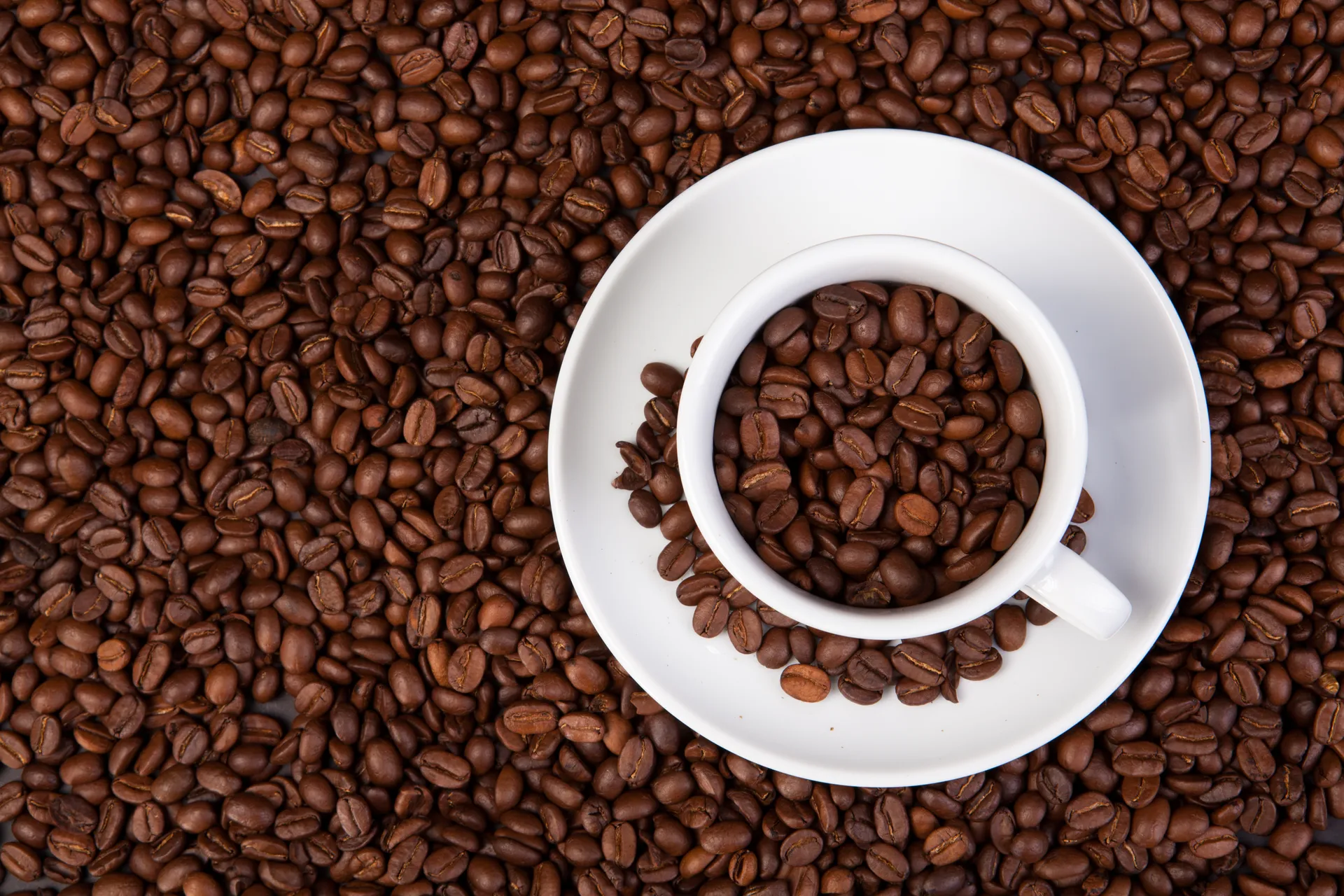Hi everyone,
Wondering about consensus for the best approach to getting figure quality browser tracks, generally of bigwig files and maybe some conservation and ENCODE data in addition. Thanks.
Hi everyone,
Wondering about consensus for the best approach to getting figure quality browser tracks, generally of bigwig files and maybe some conservation and ENCODE data in addition. Thanks.
I wrote a tool called soda.py that automates making browsable web galleries from PDF-formatted UCSC browser snapshots.
Set up your browser session with your BW files and other tracks (conservation, etc.). Grab the session ID(§) and feed that and your BED file of intervals-of-interest to soda. The soda tool makes a gallery of snapshots of your tracks at each interval, in the order provided in the BED file.
When soda's work is done, you open the gallery in a web browser and thumb through until you find the one you like. Then you click on the PDF link at the top of the page to download a publication-ready PDF.
In addition to automation, this tool provides a second advantage over downloading PDFs directly from the UCSC Genome Browser, in that it offers options to pad and highlight input intervals.
For instance, say you have a set of single-base SNPs. You can put in a padding value of, say, 5000 bases and soda will draw a vertical line from the top of the snapshot to the bottom, centered under your SNP, showing a 10kb window of the signal or features of your tracks of interest.
As an example, here's some action going on in a nicely-sized window around a SNP, with a handy label to let us know where that SNP is positioned:

In addition to drawing a vertical line for single base elements (or the center of ranges), there is an annotation option for drawing rectangles to represent interval ranges.
The options section in the documentation describes these two annotation features in more detail.
§: The browser session ID is that bit at the end of a browser URL with the hgsid field, e.g. for the link https://genome.ucsc.edu/cgi-bin/hgTracks?db=hg19&lastVirtModeType=default&lastVirtModeExtraState=&virtModeType=default&virtMode=0&nonVirtPosition=&position=chr17%3A37858483-40656924&hgsid=584927109_OIoOhfXqFvQn9mC9Hs87xWcRIFR0 the session ID is 584927109_OIoOhfXqFvQn9mC9Hs87xWcRIFR0
Hi,
As an alternative suggestion, this is something that you can do with the Ensembl browser.
For the bigwig files, you can upload your own files to view in Ensembl: http://www.ensembl.org/info/website/tutorials/userdata.html
For the conservation data, you can add tracks, for example, that show GERP scores and elements for the 40 eutherian mammals represented in Ensembl by clicking 'Configure this Page' while in the Location view.
Finally, you can also view ENCODE data by adding the ENCODE TrackHub to Ensembl: https://trackhubregistry.org http://www.ensembl.org/info/website/public_trackhubs.html
To export publication quality images of the data, you can click the 'Export Image' option and select the 'Journal/report' option: http://www.ensembl.info/blog/2015/12/14/new-image-export-option-in-ensembl/
Best wishes
Ben Ensembl Helpdesk
Use of this site constitutes acceptance of our User Agreement and Privacy Policy.
Duplicate of :
Not really, that post is over 5 years old.
but getting a PS/PDF figure from the UCSC browser is still a very good way to get a HQ figure.